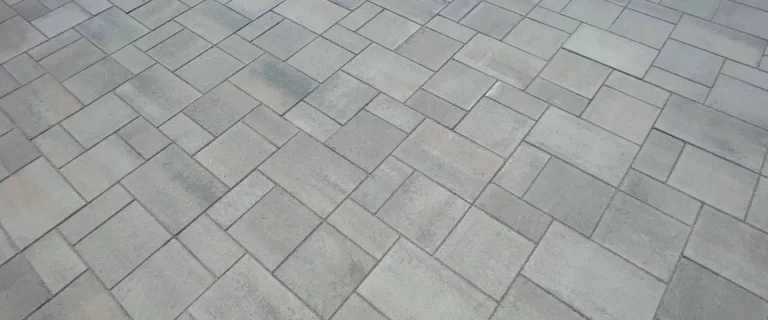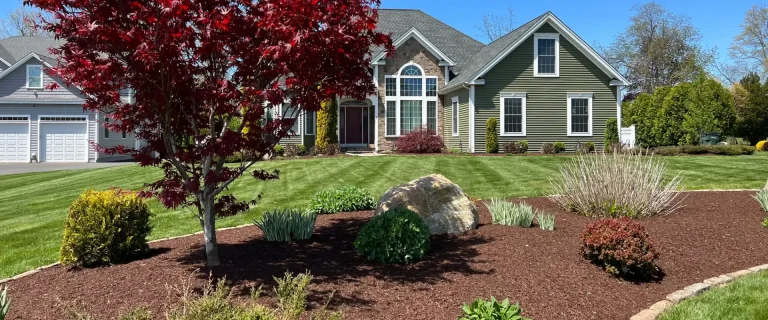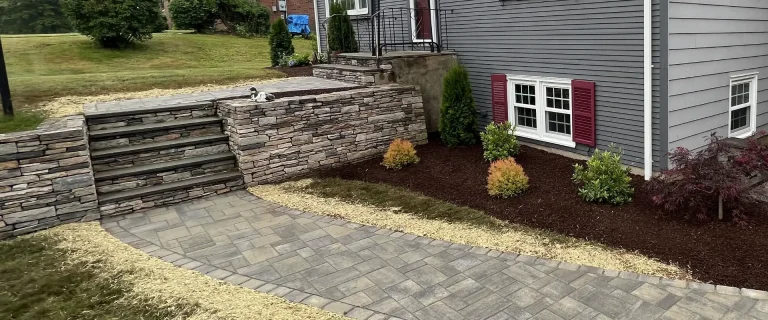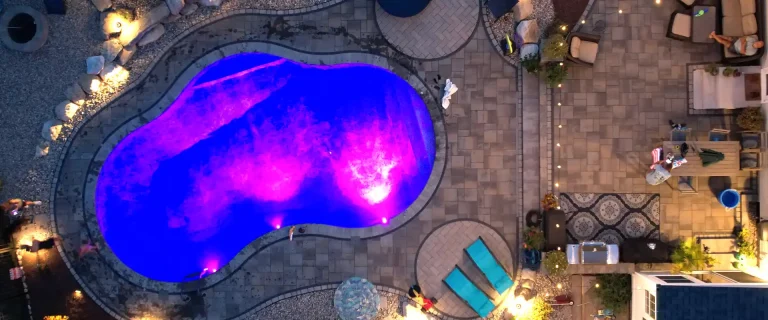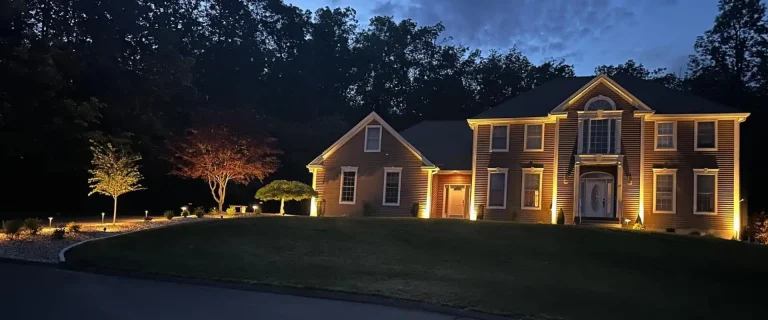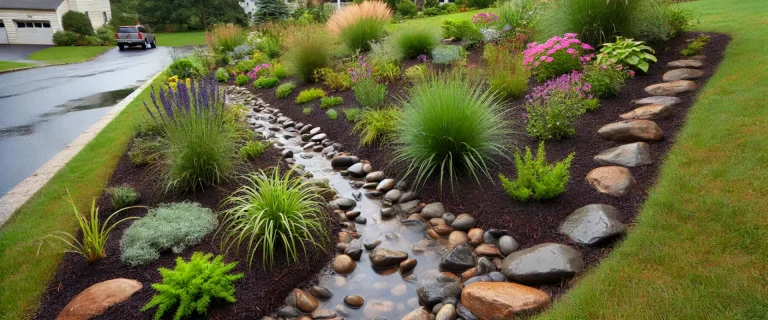Choosing Between Segmental Or Boulder Retaining Walls
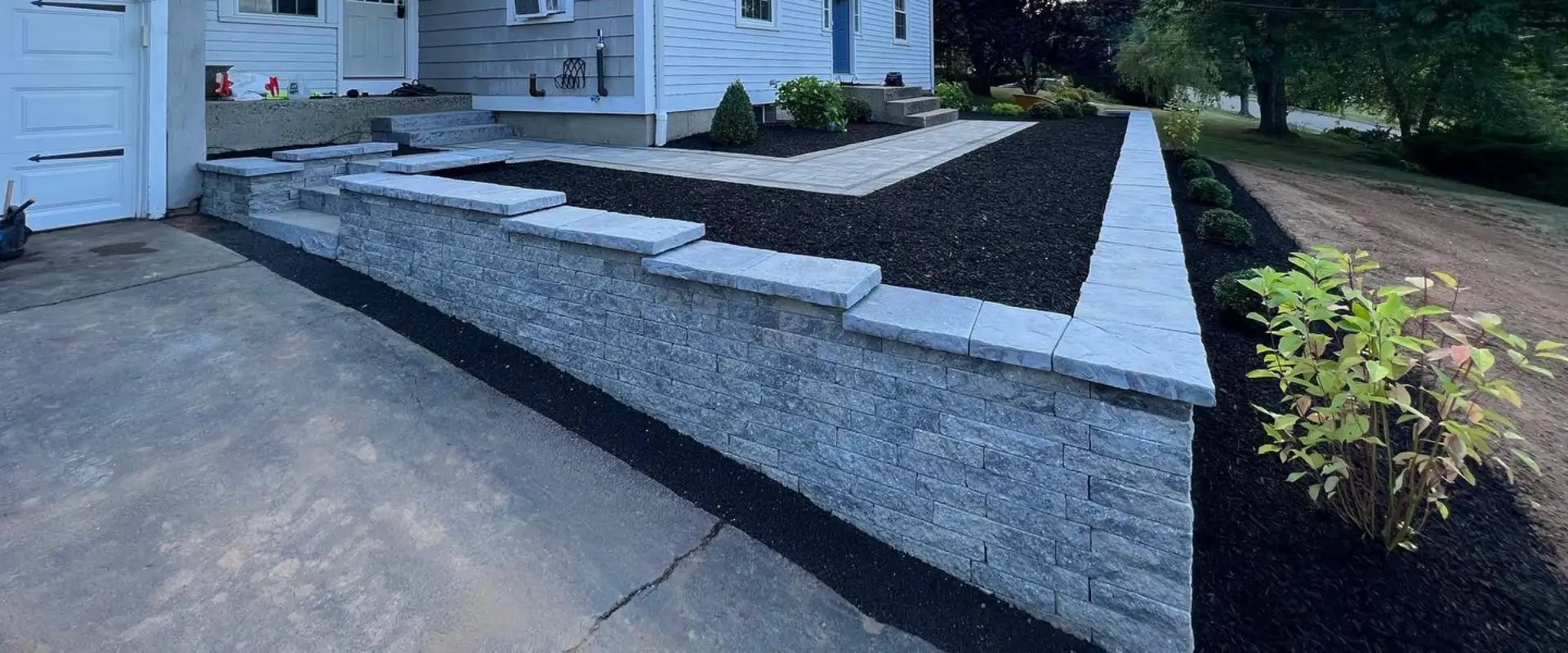
When it comes to managing sloped landscapes and enhancing outdoor living spaces, retaining walls play a pivotal role. Among the most popular choices are segmental retaining walls and those constructed from natural stone or boulders. Each offers unique benefits and drawbacks, making the selection process important for homeowners. This guide aims to help educate homeowners on the differences between these two retaining wall options, helping you make an informed decision for your landscape.
Segmental Retaining Walls: Modern Precision
What Are They?
Segmental retaining walls are composed of high-strength concrete blocks designed to interlock without mortar. They are pre-engineered for specific retaining needs, offering both durability and aesthetic flexibility.
Pros:
- Engineered Strength: Each block is precisely manufactured to fit together, creating a structurally sound wall capable of withstanding considerable pressure.
- Design Versatility: Available in various colors, textures, and styles, these walls can be tailored to complement any architectural or landscape design.
- Ease of Installation: Their modular nature simplifies installation, potentially reducing labor costs. Smaller blocks mean that heavy machinery might not be necessary, depending on the wall's size.
- Predictable Performance: Being pre-engineered, they come with clear specifications on their capabilities, making planning and obtaining permits more straightforward.
Cons:
- Aesthetic Limitations: While versatile, they might lack the unique, organic appeal that natural stone offers. However, segmental retaining wall blocks do come in a variety of different styles and colors.
- Repair Complexity: Contrary to initial assumptions, repairing a segmental wall, especially if damage occurs in the lower or middle sections, can be challenging, requiring significant dismantling of the wall. However, when built properly the likelihood of a wall being damaged is very small.
Best Applications For Segmental Retaining Walls:
Segmental retaining walls shine in environments where precision, durability, and design flexibility are paramount. They are ideal for carving out defined spaces within residential landscapes, such as garden beds, terraces, or patios. If you're building a tiered or terraced wall, then segmental blocks or gravity blocks are your most economical choice.
Natural Stone or Boulder Retaining Walls: Rustic Charm
What Are They?
Boulder retaining walls are built using large stones or boulders, either sourced from the property or brought in from a local quarry. These retaining walls rely on the sheer weight and arrangement of the stones to anchor and retain soil, offering a much more natural appearance.
Pros:
- Natural Aesthetics: They blend seamlessly with the landscape, providing a timeless look that ages gracefully.
- Durability: Natural stone is incredibly resilient, withstanding weathering and erosion effectively.
Environmental Impact: Using locally sourced stones can reduce the environmental footprint associated with transportation.
Cons:
- Installation Challenges: The size and irregularity of boulders require specialized equipment and skilled labor, potentially increasing costs.
- Less Predictable Performance: Without the precise engineering of segmental walls, it might be harder to predict how well boulder walls will perform, especially in extreme conditions.
- Access Requirements: The need for heavy machinery means adequate property access is needed, which might not be possible in all settings.
Best Applications For Boulder Retaining Walls:
Boulder retaining walls are best suited for landscapes where a natural, organic look is desired and where the terrain allows for the use of heavy equipment. They are particularly effective in rural or expansive properties where blending with the natural surroundings is a priority.
Considerations for Homeowners
When deciding between segmental and boulder retaining walls, several factors come into play:
Equipment and Machinery
- Segmental Walls: Smaller equipment is often sufficient due to the manageable size of the blocks and they can often be moved by hand.
- Boulder Walls: Typically require heavy machinery to move and place the large stones as they can weigh hundreds if not thousands of pounds depending on the size. This requirement can substantially increase the project complexity and cost.
Property Access
Limited access can significantly influence your choice. Segmental walls are more adaptable to restricted spaces due to the smaller, more manageable components.
Retaining Wall Permits and Regulations
Obtaining permits might be simpler for segmental walls due to their pre-engineered nature, providing clear specifications for compliance. Boulder walls, lacking precise engineering documents, might require additional steps to prove their stability.
Slope and Design
The steepness of the slope and desired wall design (tiered, terraced, or straight) can also dictate the best option. Segmental walls offer more flexibility in design with their ability to create precise terraces and fit into tighter spaces, while boulder walls work well with natural slopes, enhancing the landscape's organic feel.
Conclusion
The choice between segmental and boulder retaining walls depends on a combination of aesthetic preferences, functional needs, and practical considerations like property access and slope. Segmental walls offer precision, ease of installation, and design versatility, making them suitable for a wide range of residential applications. In contrast, boulder walls provide a natural, rugged beauty that blends effortlessly with the landscape, ideal for properties where the authentic aesthetic is paramount, and access for heavy machinery is available.
As a homeowner, understanding these differences allows you to choose a retaining wall that not only meets your landscaping needs but also complements the natural beauty of your property, ensuring lasting enjoyment and functionality of your outdoor space.

